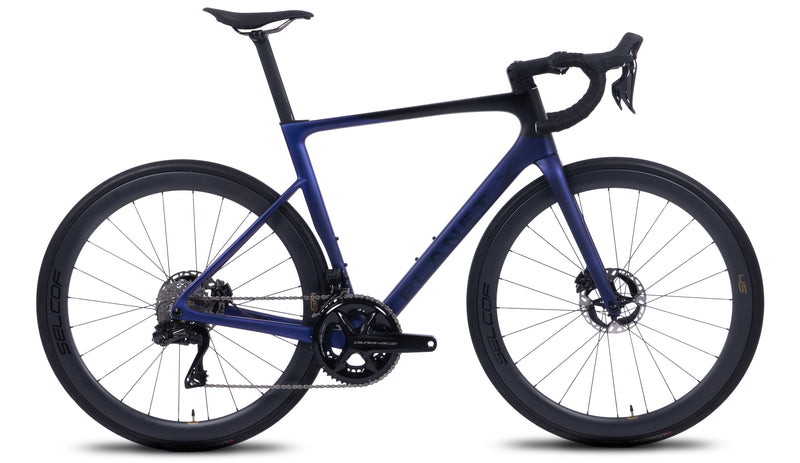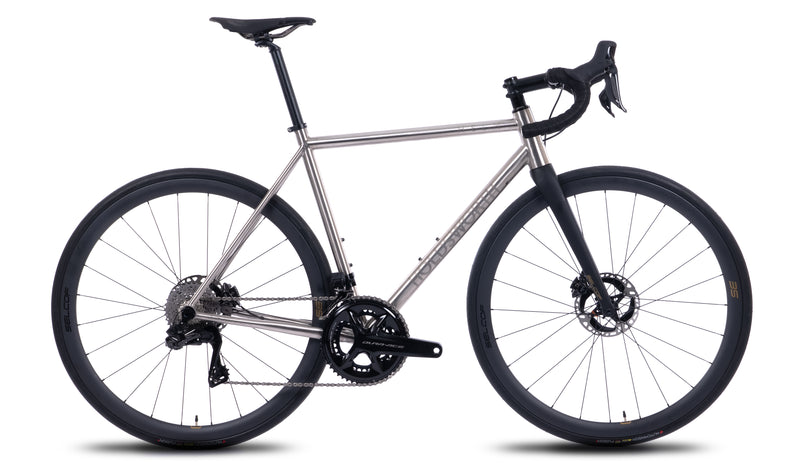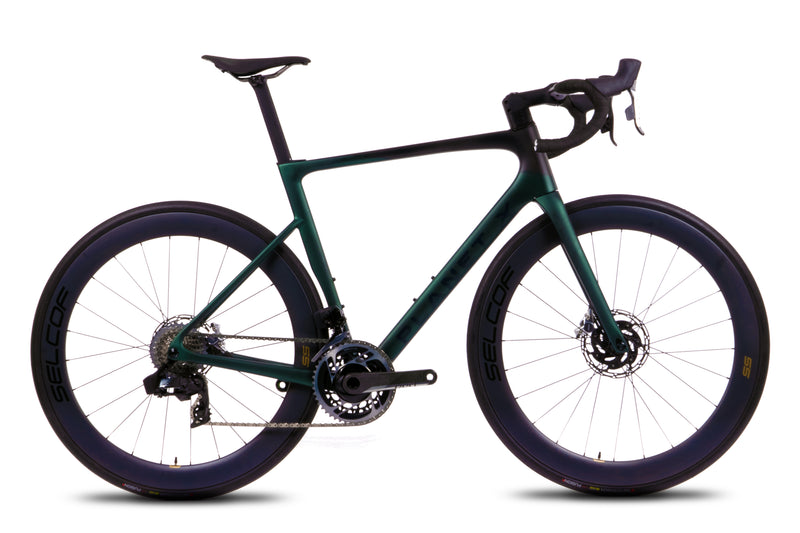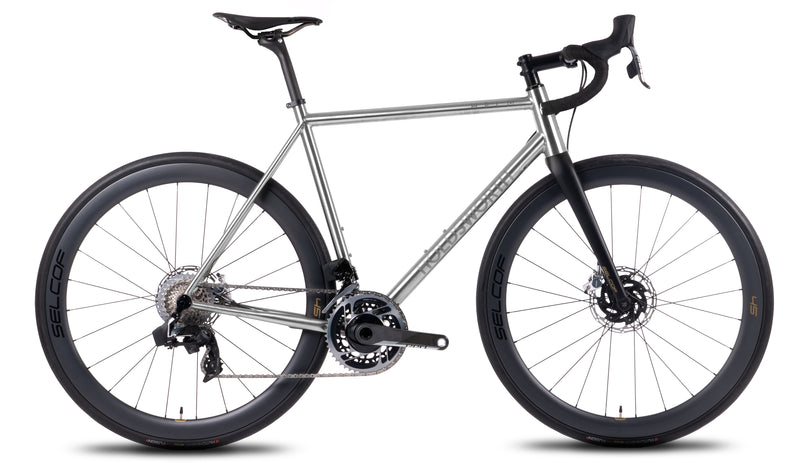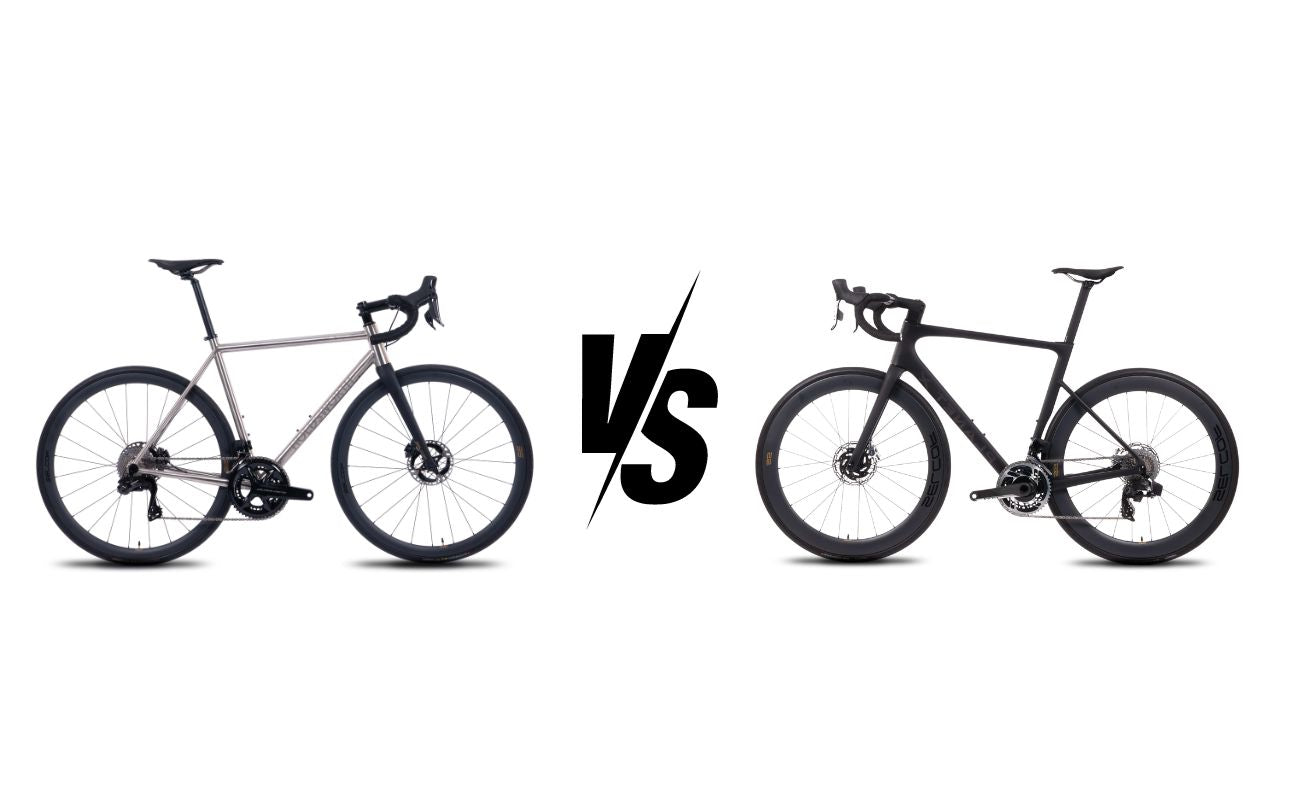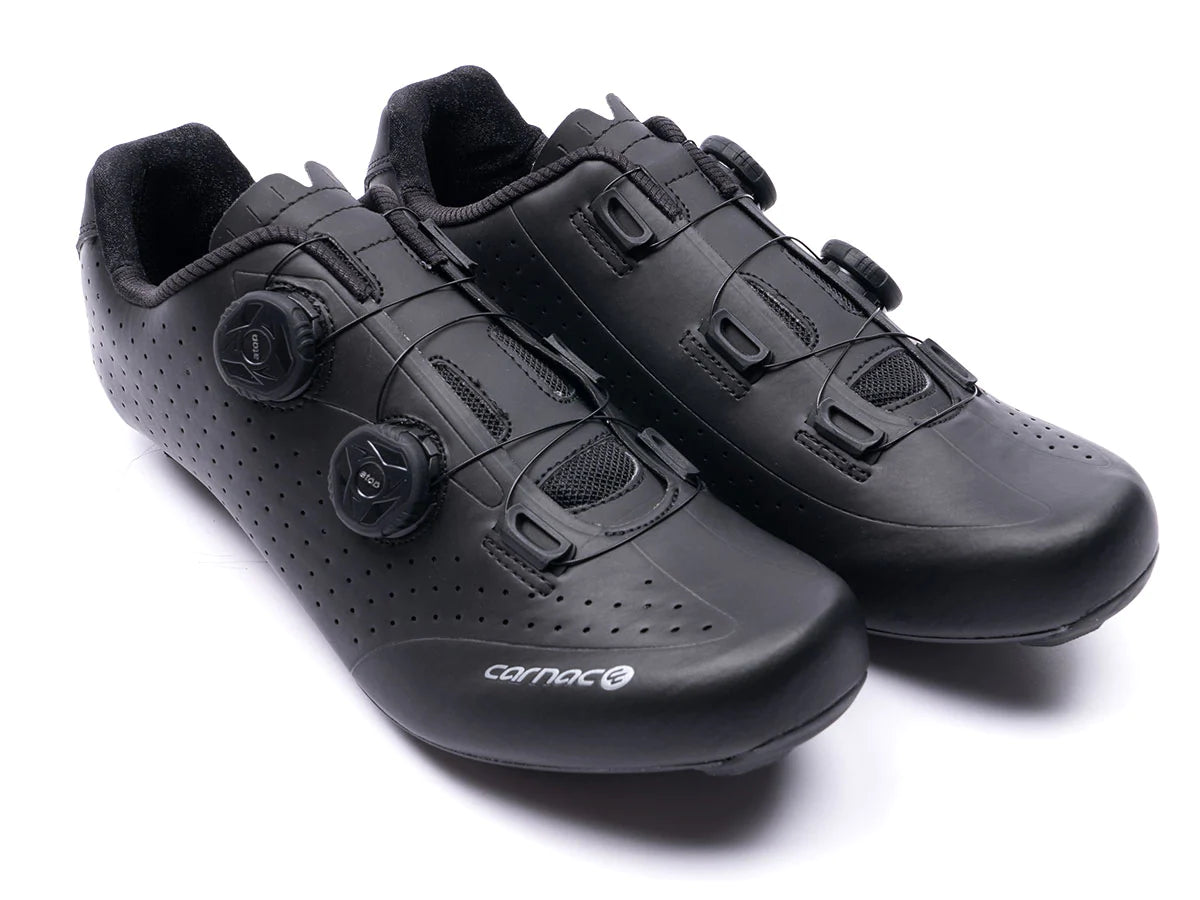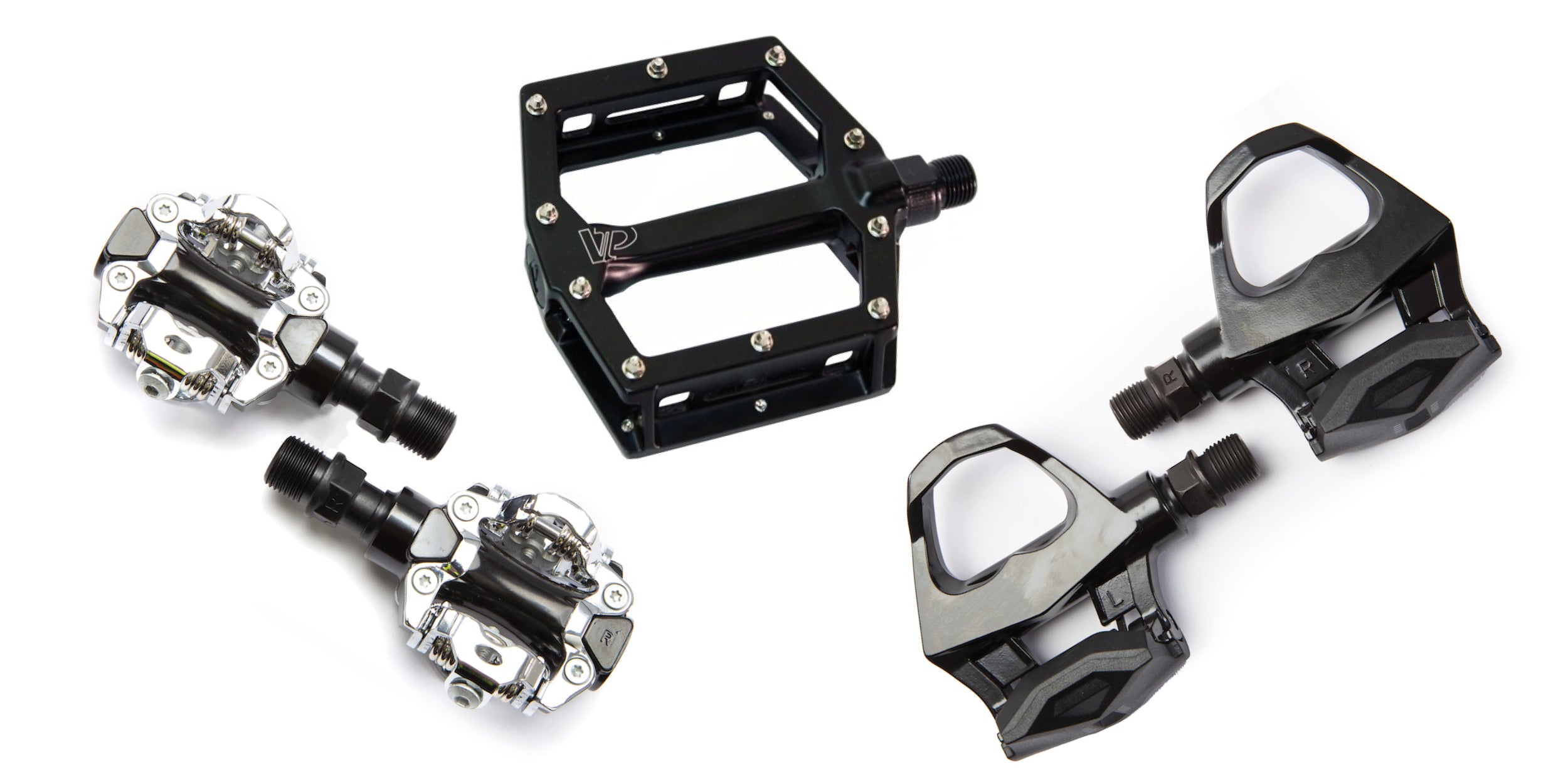Bike Size Guide: What Size Bike & Frame Do I Need?
10 January 2024
We’ve said before that getting a bike that is the right size for you is vital to ensuring you have the most successful and enjoyable ride possible. Whether you’re riding on the road or on rougher terrains, your performance will be affected if you’re not riding the right size bike - and it could even lead to discomfort or injuries.
As one of the biggest parts of the bike, if your frame is the wrong size, the whole bike will likely not be right for you. Fortunately, you don’t have to try each bike individually to find the right size bike frame! With the tips outlined below, you should be able to easily identify which size frame you need.
What is a bike frame size?
How are bike frames measured?
- Stack
- Extension or reach
- Points of contact
How to measure a bike frame to your height
Another vital aspect to consider when searching for the right size of bike is the extension. This is the distance between the saddle and the handlebars, and ultimately affects how vertical you’ll be when you’re riding. This corresponds to the height of your torso - if you have a long torso you’ll want a long extension and vice versa.
These days, similar measurements are given in the form of stack and reach. Stack represents the height from the centre of the bottom bracket to the centre of the top tube, while reach measures from the top tube to the head tube. While it’s always best to test the size of the bike in person, these measurements can give you a better idea of which bikes are in the right ballpark.
Unfortunately, people are rarely perfectly proportional, which can mean that getting the right stack height can lead to too much or not enough reach. However, adjustments can be made to compensate for this by making small alterations to the handlebars, saddle and pedals - otherwise known as the points of contact. In most cases, each of these components can be moved to some degree in order to make your bike a better fit.
Don’t be fooled into thinking that the wrong size of bike can be fixed with just a few small alterations, though. If it’s the wrong bike, no amount of adjusting and altering will make it work for you. Try to find as close a fit as you can, and then make adjustments as needed.
Is it better to get a smaller bike frame?
So, you’ve done all your measurements and found a few bikes that are almost, but not quite, right. Which do you go for? Is it better to choose the larger frame or the smaller one?
Well, in most cases, opting for the smaller frame is the way to go. This is because you can usually raise the saddle or handlebars, but you can’t lower the top bar of the frame. For this reason, standover or stack height is the most critical aspect of frame sizing. Adjusting the saddle and handlebar height can alter how much you have to reach to hold the handlebars, but it can’t make you any taller. Your best option is to choose a smaller frame that you can comfortably stand over without it pressing against you, and then adjust the reach from there.
